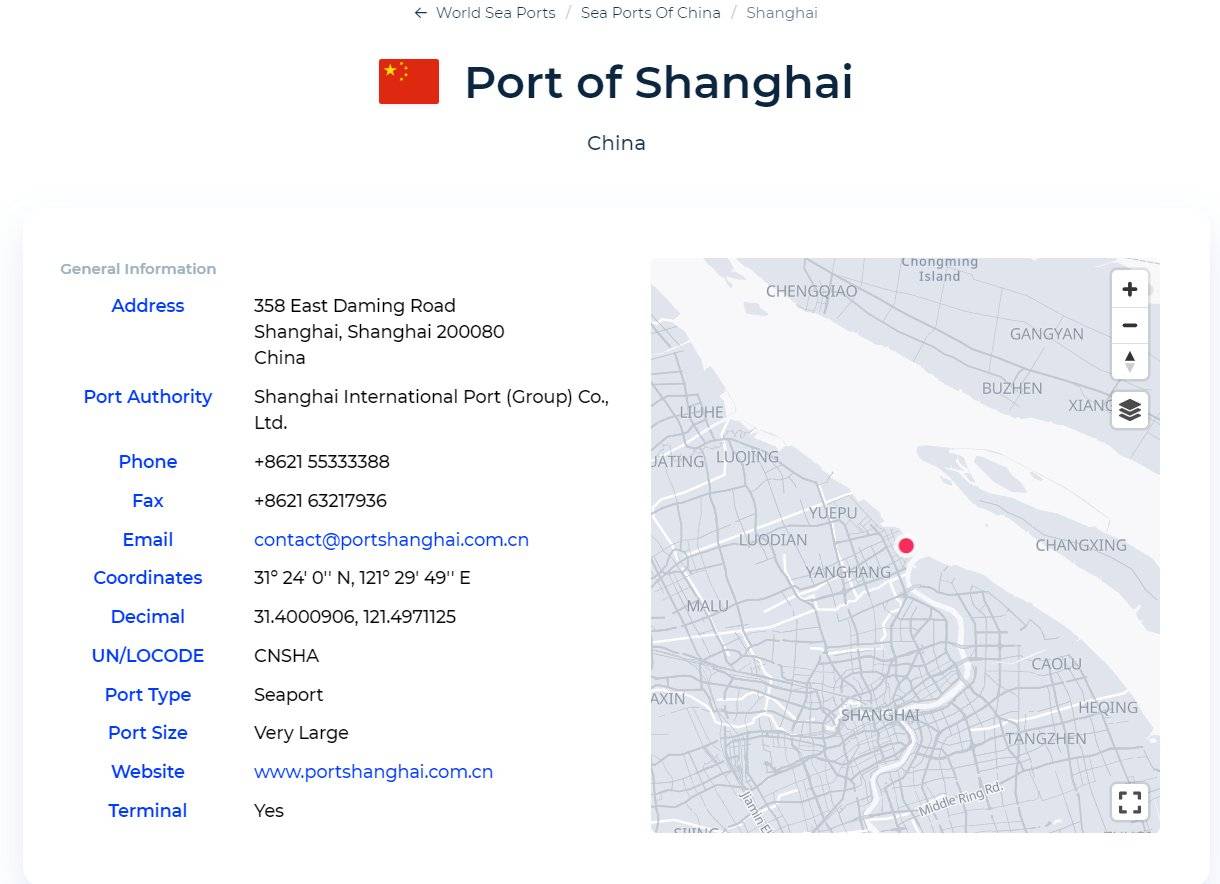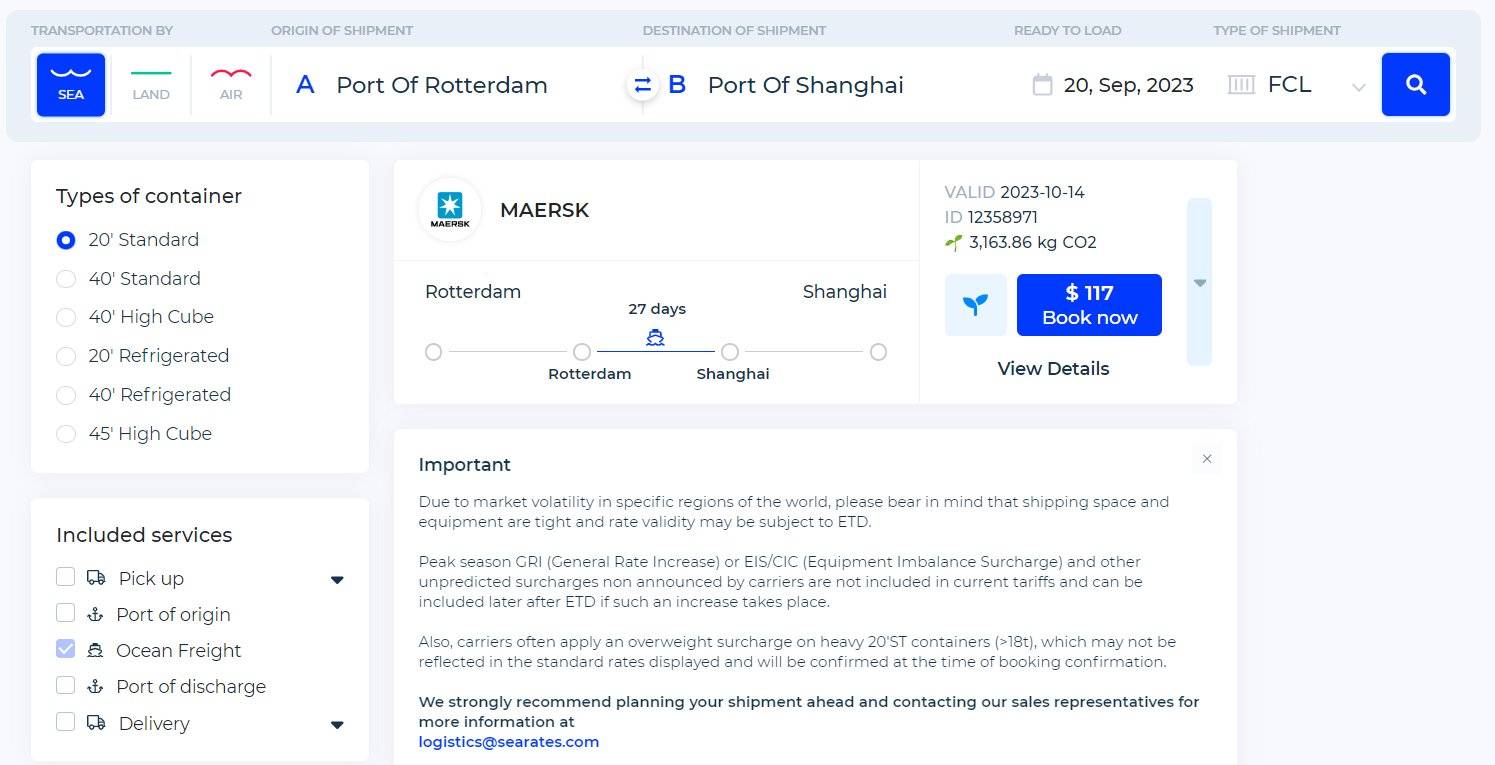In one of our previous guides, we discussed options for effectively preparing for logistics operations during peak seasons. One of the methods is budget management, which marks LCL (less container loading) and LTL (less truck loading) transportation as a very cost-effective option. Indeed, if the amount of your cargo is not large enough to fill an entire container, you can save money by arranging LCL, and LTL transportation. You save money by not paying for the use of the entire container space or an entire trailer in a truck; this is unnecessary for small shipments weighing between 150 and 15,000 pounds. It's better to share container space with other shippers.
Can you save more? In this article, we will highlight a few tips for lowering LCL and LTL shipping freight rates.
What is LCL/LTL shipping?
To save on the cost of shipping lightweight or small-sized cargo, shippers around the world use LCL/LTL transportation.
- LCL (less container loading) means the transportation of cargo from several shippers in one container.
- Accordingly, LTL transportation (less truck loading) is used when the freight forwarder transports groupage cargo and places goods from several shippers in one container truck.
An example:
A shipper needs to send lightweight cargo or a small quantity of goods from Amsterdam, the Netherlands, to Shanghai, China. This route includes land transportation from Amsterdam to Rotterdam and further sea freight. The freight forwarder or carrier, in turn, has to collect enough cargo for shipment to Shanghai. Accordingly, it is necessary to find several shippers whose cargo will be delivered in one direction. Thus, the cost of this transportation is divided between the shippers, helping them to save on logistics operations. Also, freight forwarders benefit from an expanded customer network and carry out a larger volume of transportation at their own freight rates.
Using the SeaRates IT tool for shipping, you can find a rate for LCL transportation on this and many other routes.
A strategy for saving on LCL/LTL freight rates
These types of shipments are already cost-effective, but you can reduce the total cost even further. For this purpose, you need to know how the freight rate is formed. The following tips will address some of these components.
Cargo packaging consolidation
For example, when choosing the palletizing option for your cargo, it is necessary to decide the size of the pallet and the size of the packaging in boxes, tubes, etc. to fit the maximum amount of cargo on a few pallets. The less packaging you use, the less weight your shipment will have overall, which will reduce your transportation costs.
It is even easier for owners of non-fragile goods; you can do without additional packaging and use the standard (original) one. Just don't forget about the shipping labeling.
This advice is not suitable for fragile cargo, as pallets can be moved around inside the truck or container, which can damage your goods.
Accurate calculations for greater savings
From the outset, let's determine why you need to calculate the weight and dimensions of your cargo. For LCL and LTL shipments, the freight rate is based on these indicators. So, choosing suitable packaging that will not add too much weight will not take up much space and will help you save money. It is important to note that inaccuracies in the estimations will lead to additional costs or complete shipment cancellation. The Load Calculator tool will help you to get a 3D scheme for calculating the loading of a container or truck, considering the dimensions and characteristics of your cargo.
After the shipper specifies the dimensions of their shipment, the freight forwarder or carrier selects a truck or container with enough space for this transportation.
Proper route selection
There are some general tips for improved route selection, such as picking up the cargo at the container terminal. However, this advice may not work due to the specifics of the route or the lack of time for self-delivery. Therefore, we at SeaRates suggest using more comprehensive methods of saving costs for LCL and LTL transportation.
The right choice of point of departure and destination results in the cheapest tariff for you. To prepare for choosing the right route, find out about the necessary ports in the countries of your route in the World Sea Ports app and choose the right ones.

Then proceed to get the cheapest freight rate on the market for the specified ports. The SeaRates database and extensive data from global freight forwarders, carriers, and shipping lines complement the Logistics Explorer tool with the best freight rates offered to many destinations.
According to the type of container, type of shipment, shipping line, and included services, you can compare and select the best price and even the transit time calculated by the carrier.

The tool provides you with the winning option because even if you don't get a valid freight rate right away, you can always fill out a Quick Request form with all your shipping requirements and get a quote directly from SeaRates Support.
Management of additional services
How do we prevent high charges and avoid unexpected additional fees? Review the details of the chosen freight rate and select the services you need at a low price. This way, you don't run the risk of hastily purchasing additional transportation services at an inflated price.

The second option is to directly request a quote from SeaRates managers for your route, specifying all your logistics needs. Our managers will provide you with the related carrier, the best freight rate, and additional shipping services for any type of shipment.
Final Thoughts
The SeaRates team assists in optimizing the logistics processes to avoid delays and overhead charges. With this advanced logistics service, you get the lowest freight rates and shipping offers from reliable global carriers in real-time.
These 4 steps will help you cut costs during transportation. Get a customized quote for your shipments to meet any of your shipping requirements.
Contact our team at [email protected] for more information about SeaRates IT tools for shipping.

